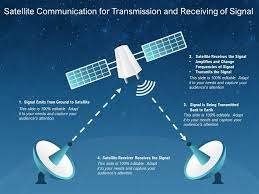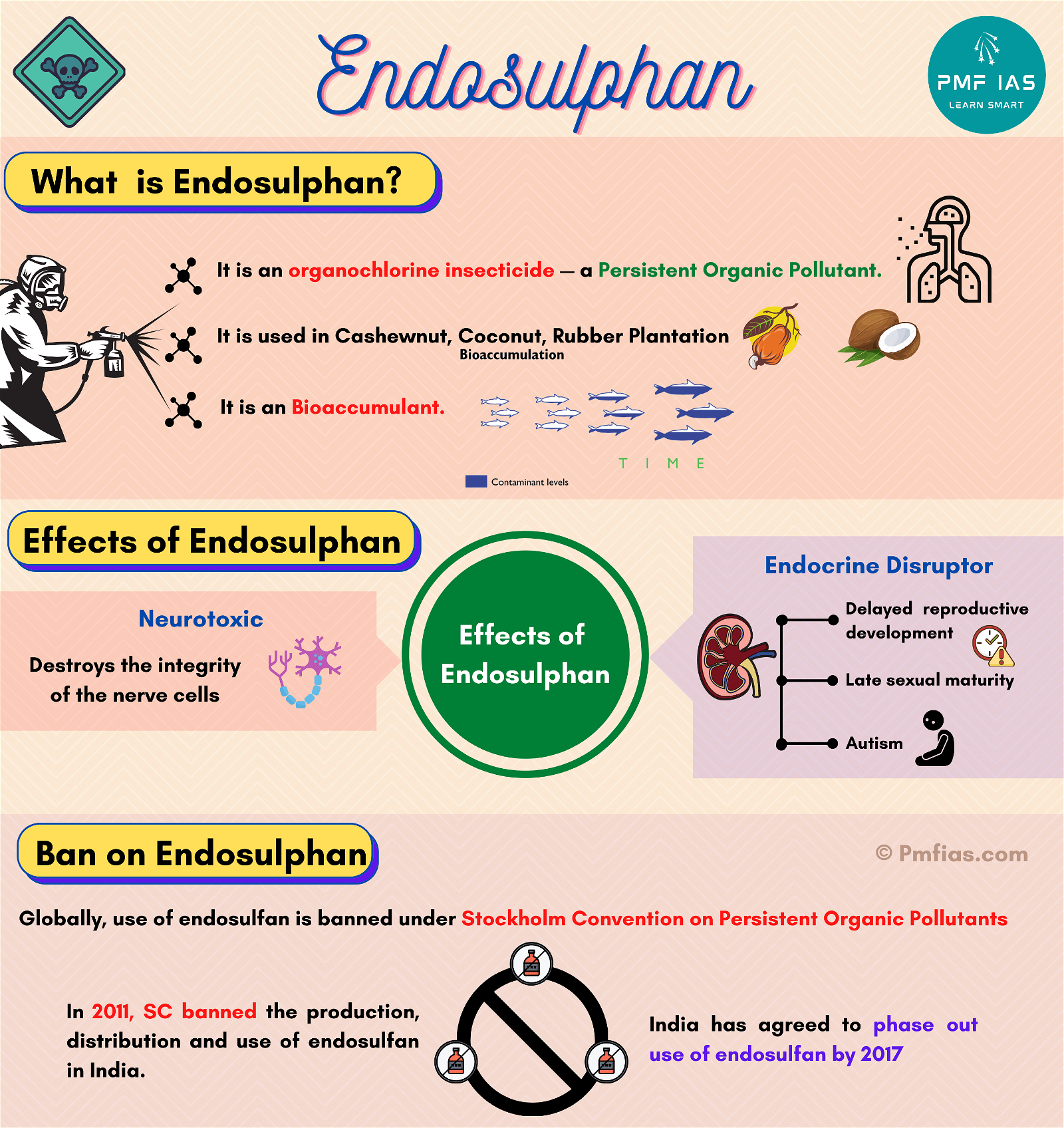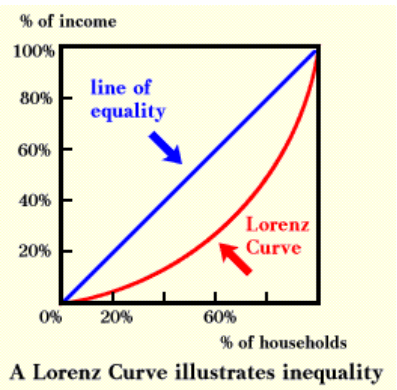
Solar Waste
Subscribers of "Current Affairs" course can Download Daily Current Affairs in PDF/DOC
Subscribe to Never Miss an Important Update! Assured Discounts on New Products!
Must Join PMF IAS Telegram Channel & PMF IAS History Telegram Channel
- Context (IE): A new study found that India produced about 100 kilotonnes (kt) of solar waste in FY 2022-2023.
- The analysis was conducted by the Ministry of New and Renewable Energy (MNRE) and researchers from the Council on Energy, Environment and Water (CEEW).
- India’s current solar capacity is 66.7 GW as of March 2023, and it is projected to reach 292 GW by 2030.
- Proper management of solar waste is essential for environmental, economic, and social reasons.
What is Solar Waste?
- Solar waste includes waste from manufacturing solar modules and waste generated during the lifetime of solar projects.
- Manufacturing waste includes scrap and waste from defective PV modules.
- Waste from the field includes waste from transportation and handling, damage during the module’s lifetime, and end-of-life disposal.
- The study specifically examined waste from the field category and did not consider manufacturing waste.
Findings of the study
- By 2030, India’s installed solar capacity will generate about 340 kt of waste, three times more than the present.
- Five states, Rajasthan, Gujarat, Karnataka, Tamil Nadu, and Andhra Pradesh are expected to produce around 67% of this waste.
- The cumulative waste from existing and new capacity deployed between FY24 and FY30 will reach about 600 kt by 2030.
- It will increase to about 19,000 kt by 2050, with 77% of it generated from new capacities.
- Discarded solar modules contain critical minerals such as silicon, copper, tellurium, and cadmium. These minerals are classified as critical for India’s economic development and national security.
- The 340 kt of waste expected by 2030 will include 10 kt of silicon, 12-18 tonnes of silver, and 16 tonnes of cadmium and tellurium.
How to treat Solar Waste?
- Policymakers need to maintain a comprehensive database of installed solar capacity to estimate future solar waste.
- Need to incentivise recyclers and encourage stakeholders to manage solar waste effectively.
- Need to create a market for solar recycling.
- Recycling solar panels:
- Conventional recycling involves mechanical processes like crushing and shearing, which mainly recovers materials like glass, aluminium, and copper.
- High-value recycling uses mechanical, chemical, and thermal processes to recover valuable materials like silver and silicon in addition to conventional recyclables.





![PMF IAS Environment for UPSC 2022-23 [paperback] PMF IAS [Nov 30, 2021]…](https://pmfias.b-cdn.net/wp-content/uploads/2024/04/pmfiasenvironmentforupsc2022-23paperbackpmfiasnov302021.jpg)











